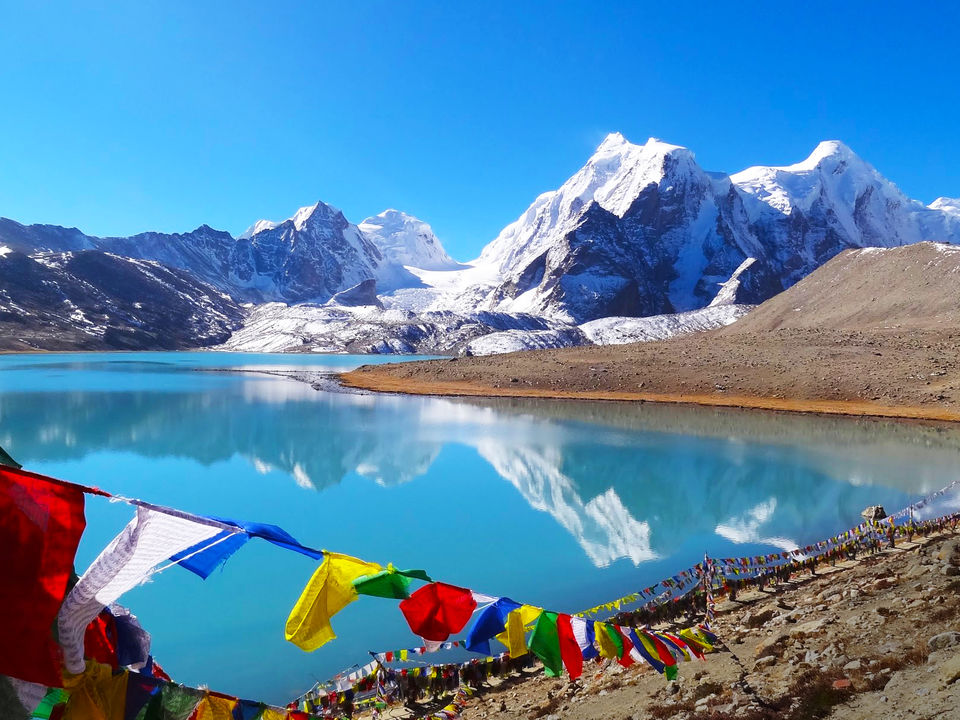
Discover Sikkim
The hidden jewel of the Eastern Himalayas — where monasteries hum with chants and valleys bloom with rhododendrons.

The hidden jewel of the Eastern Himalayas — where monasteries hum with chants and valleys bloom with rhododendrons.
Nestled in the Eastern Himalayas, Sikkim is India’s second-smallest state yet among its most enchanting. From the soaring presence of Kanchenjunga to emerald valleys, alpine lakes, and misty forests, Sikkim offers an intimate blend of nature and culture.
The people here — Lepcha, Bhutia, and Nepali communities — live in harmony with the land. Monasteries, prayer flags, and vibrant festivals create a gentle rhythm that makes journeys feel unhurried and soulful.

Rhododendrons bloom; crisp mornings and pleasant days. Great for valley drives and light treks.
Green, misty landscapes and waterfalls in full flow. Rain gear recommended; occasional road delays.
Clear skies and dramatic mountain views — the classic time for photography and longer hikes.
Snow in higher reaches; cozy stays in Gangtok. Warm layers needed; North Sikkim may require permits.
Fly to Pakyong (PYG) near Gangtok when operational, or to Bagdogra (IXB) in Siliguri (West Bengal) with daily connections to major cities.
Nearest major station is New Jalpaiguri (NJP). From there, taxis and shared cabs take ~4 hours to Gangtok along the Teesta River.
NH‑10 links Siliguri to Gangtok. The drive is scenic; plan extra time during monsoon or peak season weekends.
Make Hotel Kasturi your cozy base in Gangtok — close to NH‑10 and city sights.